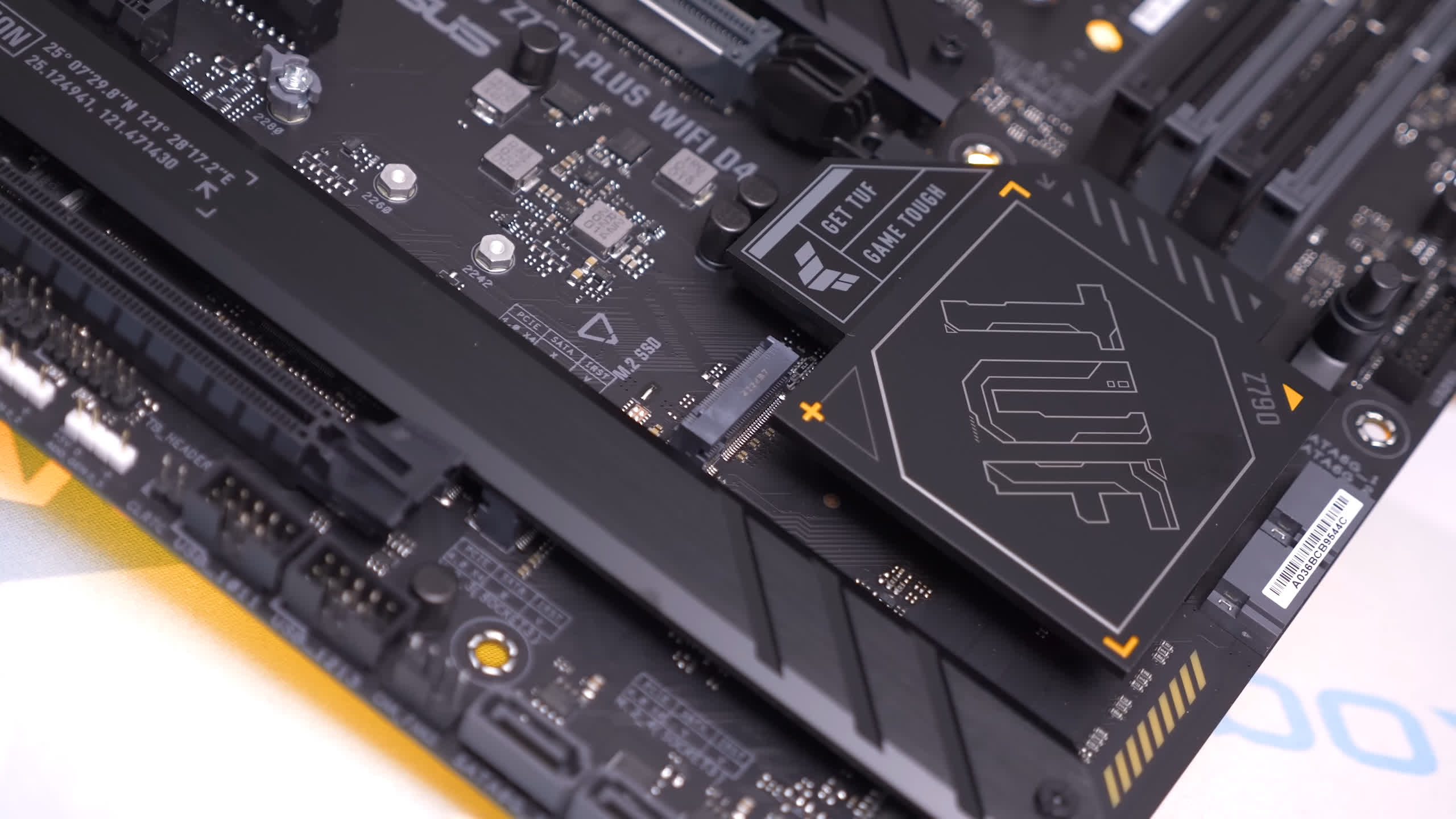The Earth is currently experiencing a series of solar storms, raising concerns about potential technological disruptions and offering the chance to witness stunning auroras.
Over the weekend, the Sun emitted two solar flares which have since made contact with Earth, beginning with an impact over the Pacific Ocean on Monday afternoon.
Radio blackouts
A brief radio blackout was detected over the Pacific Ocean following the solar storm’s arrival on Earth around 4:20 p.m. EST.
This incident occurred off the western U.S. and South American coasts and was short-lived, lasting only a few seconds.
However, the impact was more prolonged at the poles, where the outage spanned approximately seven hours.
Potential grid impact
The National Oceanic and Atmospheric Administration’s (NOAA) Space Weather Prediction Center has indicated a 60 percent chance that the ongoing storm could disrupt the power grid.
Another storm that is expected to arrive tomorrow could further affect radios, aviation communication, and degrade satellite operations.
M-class flares
Physicist Tamitha Skov, speaking to DailyMail, highlighted the increasing risk of radio blackouts.
“As for radio blackouts, yes the risk is increasing now,” said Skov. “We have already had two small M-class flares, resulting in short-lived R1-level radio blackouts today, but they may soon become longer and larger.”
Skov explained that these M-class flares generally cause brief radio blackouts affecting Earth’s polar regions.
Sunspots 3559 and 3555 have been identified as the sources of these flares, releasing coronal mass ejections (CMEs) that contain plasma and magnetic fields.
A series of storms
“This storm will be followed by two, possibly three others that will give us several glancing blows through January 25,” said Skov, who hosts a space weather forecast on YouTube.
“We have a series of solar storms hitting starting now (the first one just hit a few hours ago, but it is ramping up slowly).”
“However, we can all rest easy, as these storms will not be that powerful to affect critical infrastructure.”
NOAA uses a five-level S-scale to indicate the severity of solar radiation storms, with the current storm being a moderate G2 event on the SWPC scale.
Understanding solar storms
According to NASA, solar storms occur when the solar wind interacts with Earth’s magnetosphere, causing potential disturbances.
Shawn Dahl, coordinator for NOAA’s Space Weather Prediction Center, told ABC News that the current solar storm resulted from an eruption from a filament, which is a magnetic field suspended above the sun’s surface that contains billions of tons of solar material.
When that magnetic field becomes unstable, it can sometimes eject material into space, dragging a very strong, localized magnetic field with it, explained Dahl.
He noted that these filament eruptions are what caused the solar storms observed on Saturday, Sunday, and again on Monday morning.
Impact on technology
Intense geomagnetic storms can disrupt navigation systems by interfering with radio and GPS signals and can affect electrical power networks.
Dahl told ABC News that the ongoing solar storm should not bring major impacts to everyday life, noting that the power grid is equipped to handle minor disruptions and that satellites can be managed to maintain their proper orbital height.
The beauty of solar storms
One of the more visible effects of coronal mass ejections is the aurora borealis, or northern lights, created by the interaction of solar particles with Earth’s atmosphere.
The intensity of the solar storm determines how far south these lights can be seen.
This week’s solar storms are expected to create stunning auroras visible as far south as Wyoming, South Dakota, Iowa, Wisconsin, Michigan, and New York.
Auroras this time of year are typically the most visible from several hours after sunset to around the midnight hour, said Dahl. He added that viewers will need take the full moon into account, as well as move away from city lights.
More about M-class solar flares
As discussed above, the sun is a hub of intense and dynamic activity. Among its many phenomena, solar flares stand out, especially the M-class category.
These medium-sized eruptions on the sun’s surface, which are the cause of the current space weather alert that Earth is under, have profound implications for our planet and its technological infrastructure.
Understanding M-class solar flares
Solar flares are sudden, intense eruptions of electromagnetic radiation from the sun’s atmosphere. They are classified into categories – A, B, C, M, and X – based on their brightness in the x-ray wavelengths.
M-class flares, ranking second in intensity, are ten times stronger than C-class but considerably weaker than the most potent X-class flares.
Origins and mechanics
M-class flares originate in the sun’s photosphere, primarily in active regions around sunspots. These spots are cooler, darker areas with intense magnetic fields.
When these magnetic field lines become twisted and tangled, they can suddenly snap and realign, releasing vast amounts of energy. This process, known as magnetic reconnection, is the driving force behind solar flares.
Solar storms and their impact on Earth
The energy from M-class flares can reach Earth within minutes, affecting our planet’s upper atmosphere. This can lead to a range of effects, including:
- Radio Communication Disruption: Short-wave radio communications, vital for aviation and maritime sectors, can experience significant disruptions.
- Navigation Systems Impact: Flares can disturb the Earth’s ionosphere, affecting GPS accuracy.
- Auroras: Charged particles from flares interacting with Earth’s magnetic field can create spectacular auroras, often visible at higher latitudes.
- Radiation Risk: Astronauts in space and passengers in high-flying aircraft can face increased radiation exposure.
Monitoring and prediction
Various space agencies, including NASA and ESA, monitor solar activity closely. Satellites like the Solar Dynamics Observatory (SDO) and the Solar and Heliospheric Observatory (SOHO) play critical roles in detecting and analyzing solar flares.
Predicting these events, however, remains challenging due to the complexity of the sun’s magnetic field dynamics.
In summary, M-class solar flares are a reminder of our sun’s dynamic nature and its influence on Earth. While they pose challenges, our growing understanding and ability to monitor these phenomena allow us to mitigate their impacts, ensuring that we remain prepared for these fiery outbursts from our nearest star.
—–
Like what you read? Subscribe to our newsletter for engaging articles, exclusive content, and the latest updates.
—–
Check us out on EarthSnap, a free app brought to you by Eric Ralls and Earth.com.
—–

Dr. Sarah Adams is a scientist and science communicator who makes complex topics accessible to all. Her articles explore breakthroughs in various scientific disciplines, from space exploration to cutting-edge research.








